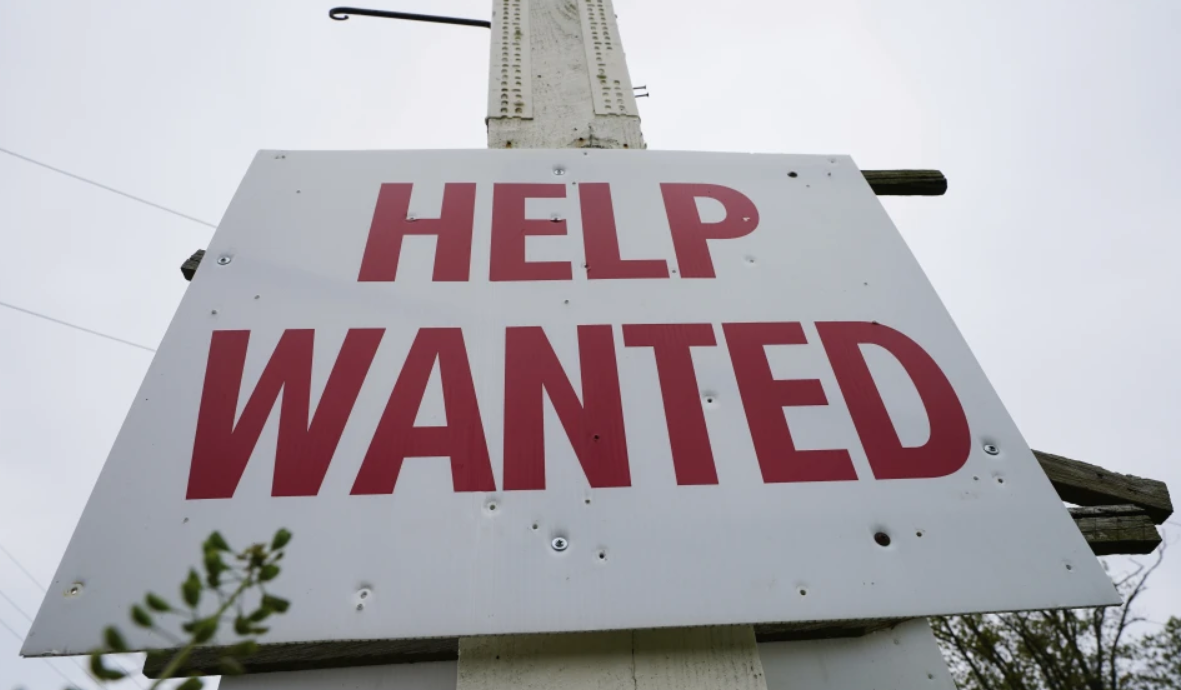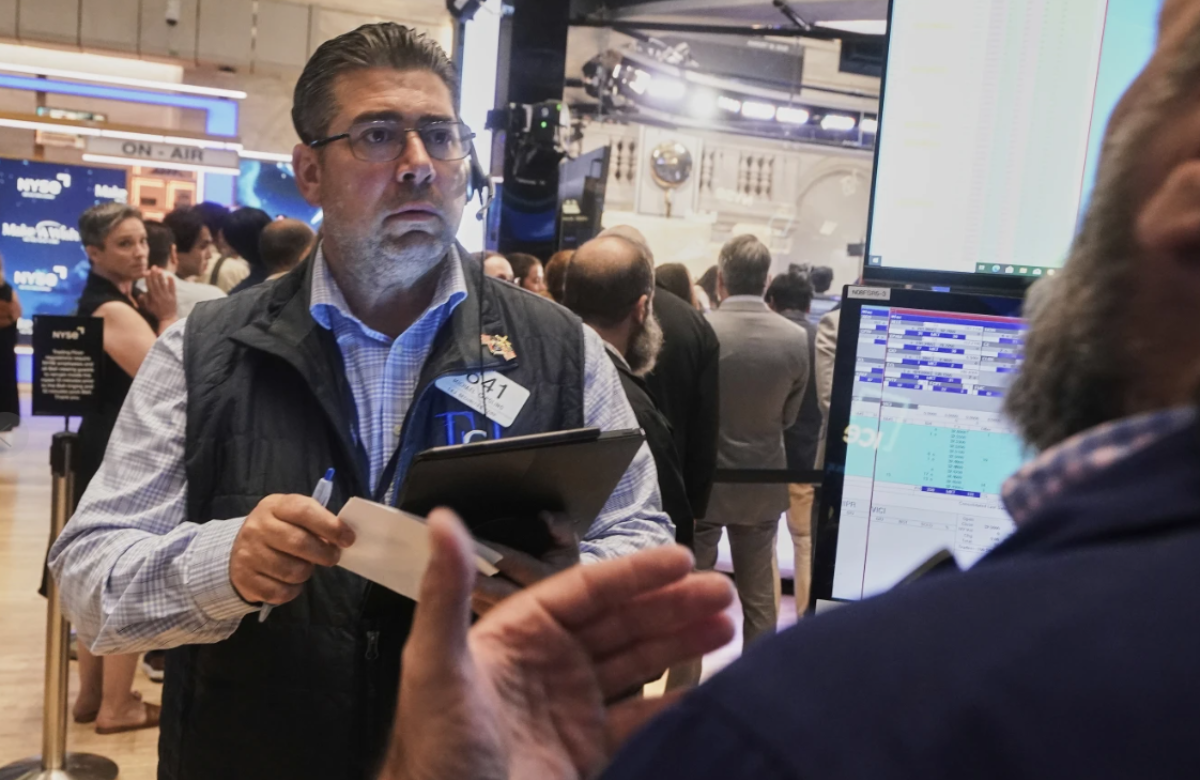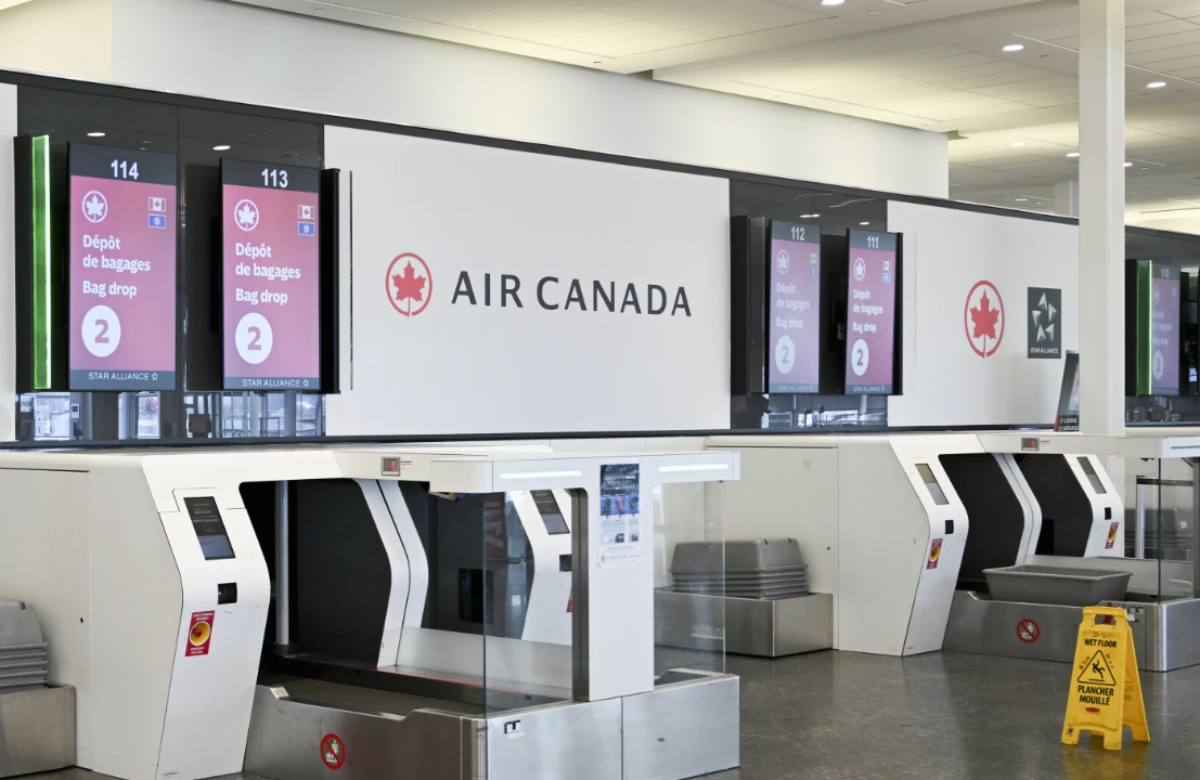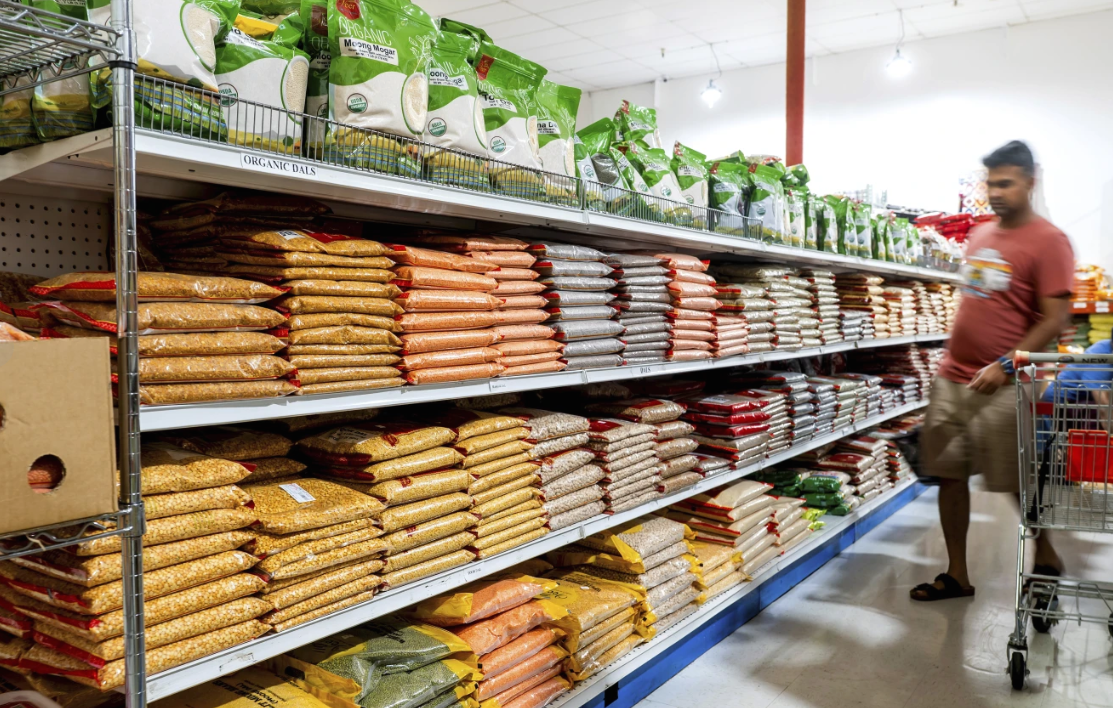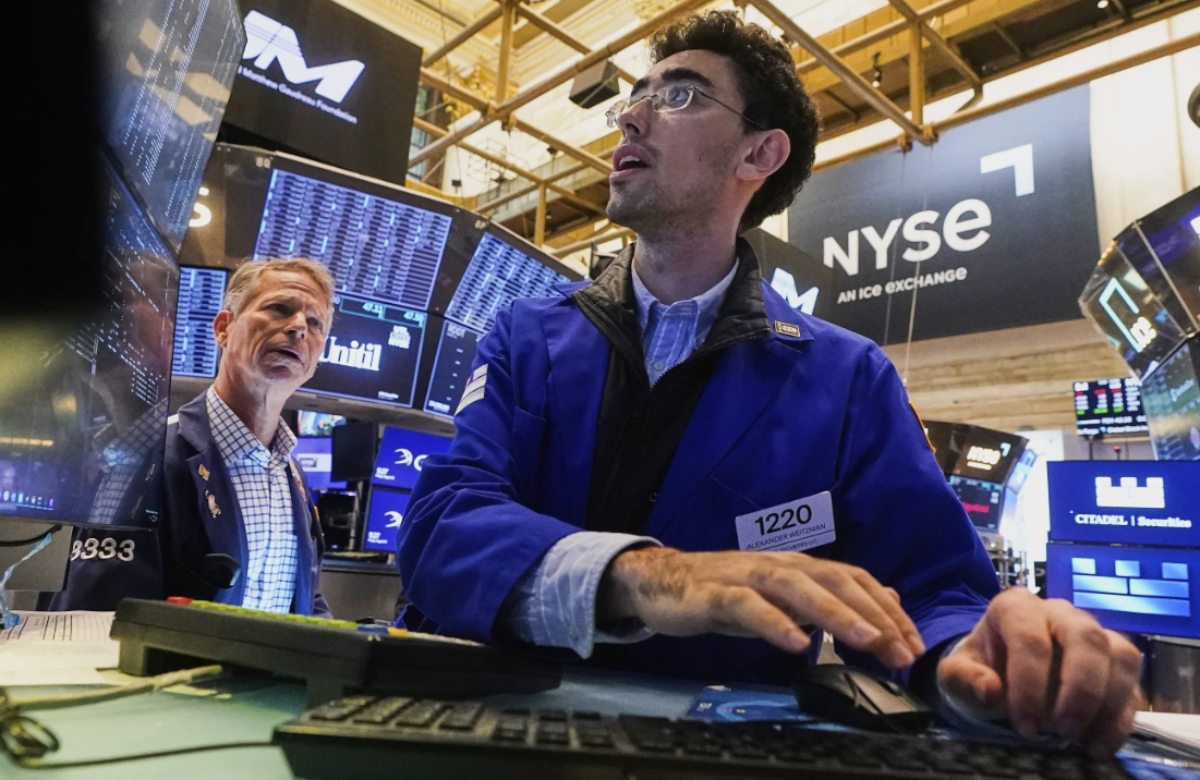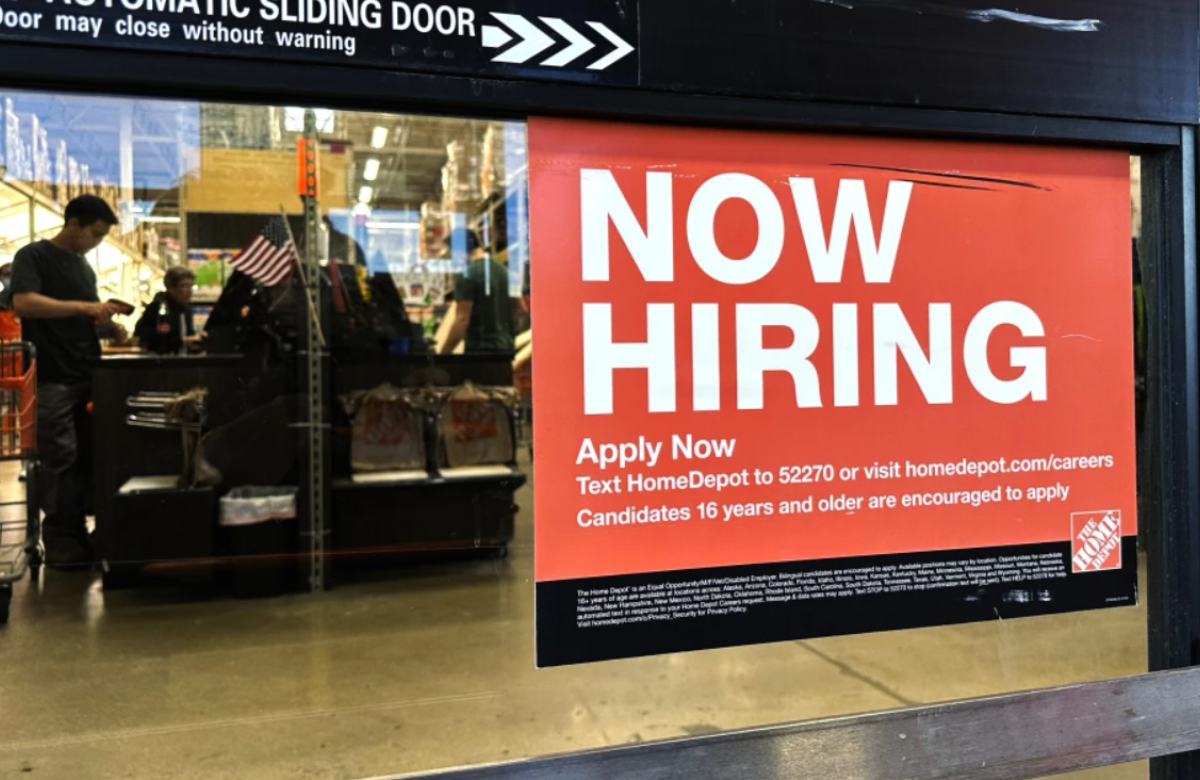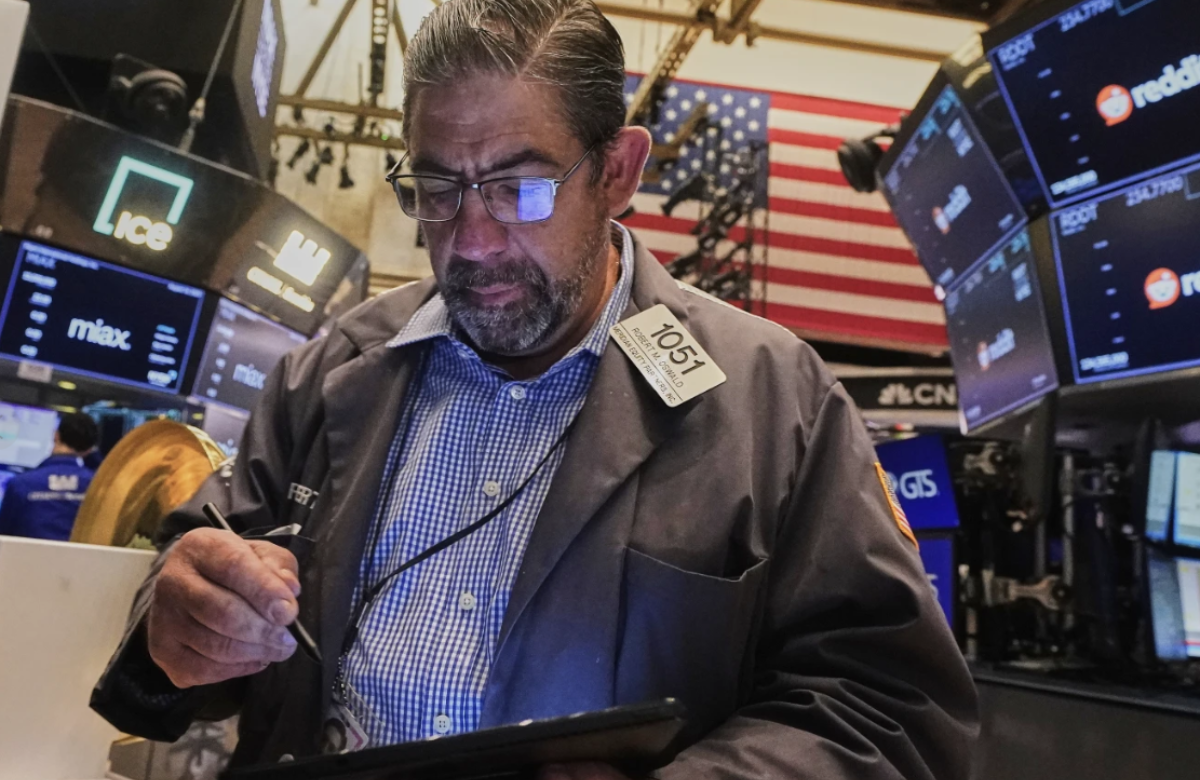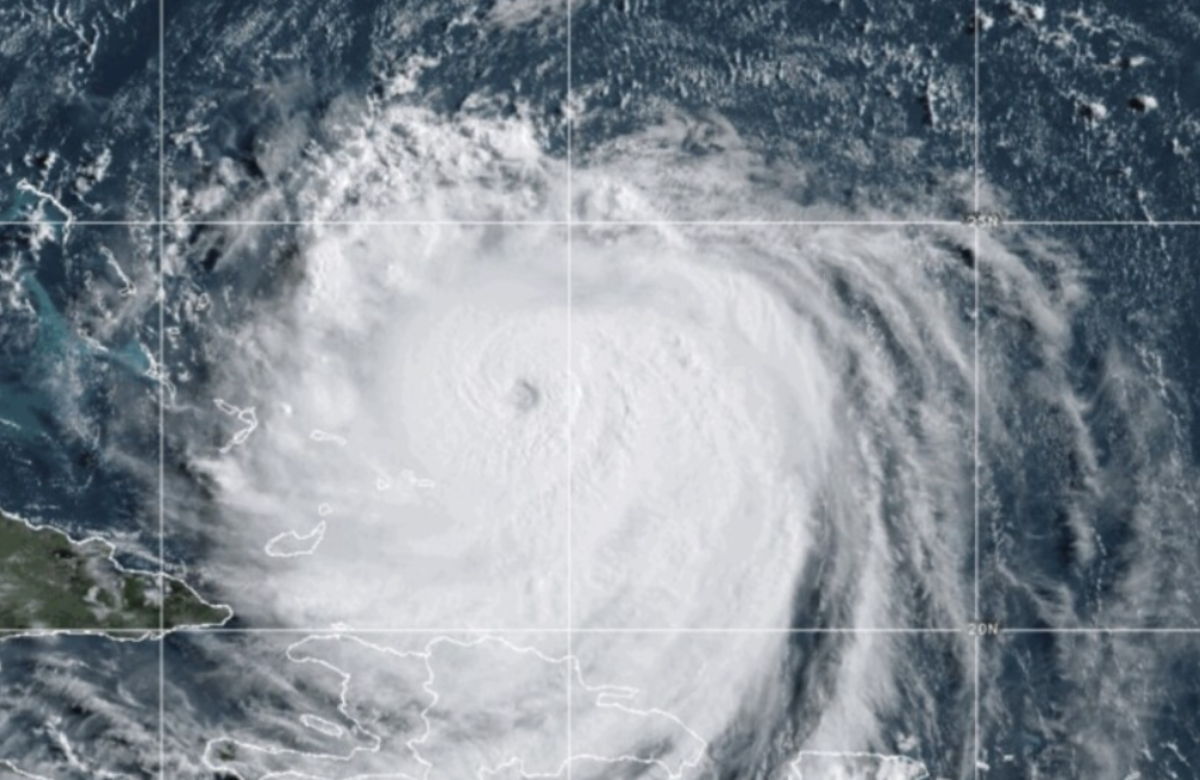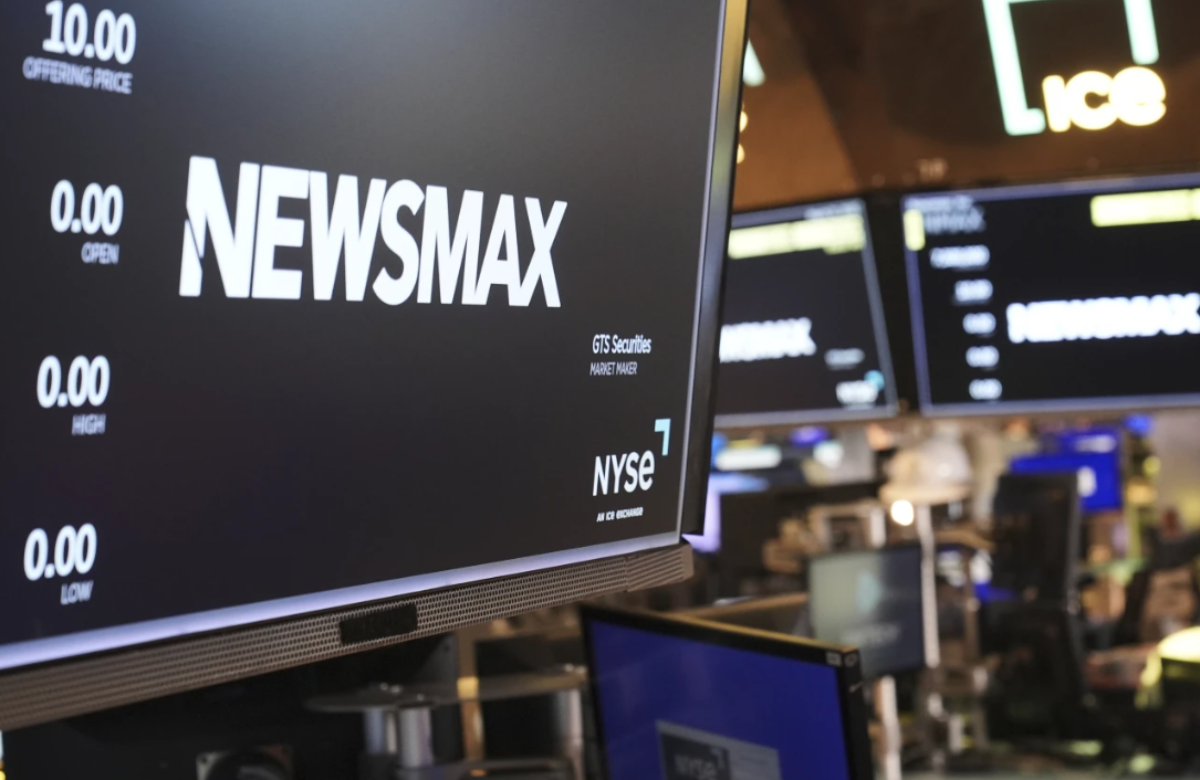Employers in the U.S. added 139,000 jobs in May, showing signs of a slowdown in hiring as businesses face growing uncertainty from President Donald Trump’s ongoing trade battles. While job creation eased from a revised 147,000 in April, the May figure still came in above economists’ expectations of 130,000. However, previous estimates for March and April were lowered by a combined 95,000 jobs, signaling that the labor market may be cooling more than initially thought.
The unemployment rate remained steady at 4.2%, continuing to hover near historically low levels. Key sectors saw mixed results: healthcare employers added 62,000 jobs, restaurants and bars increased staff by 30,000, but the federal government shed 22,000 positions—the most since November 2020—largely due to cuts and a hiring freeze introduced by Trump. Factories lost 8,000 jobs, potentially a reflection of rising costs from tariffs, according to economist Daniel Zhao of Glassdoor.
Wages grew more than expected, with average hourly earnings rising 0.4% from April and 3.9% from a year ago, suggesting workers are still seeing income growth even as hiring slows.
Trump’s aggressive approach to trade, especially his broad imposition of tariffs, has cast a shadow over the economic outlook. Analysts warn that higher costs for materials and components could lead businesses to cut hiring or lay off workers in the coming months. Elon Musk’s Department of Government Efficiency (DOGE) has also intensified the pressure by slashing federal jobs and canceling contracts, adding another layer of uncertainty. Additionally, Trump’s crackdown on illegal immigration could worsen labor shortages in certain sectors.
Despite these challenges, much of the economic impact from these policies has yet to show up in major data reports. The job market and broader economy have shown unexpected strength in recent years—even with the Federal Reserve raising interest rates 11 times during 2022 and 2023 to combat inflation, a move many thought would trigger a recession.
Still, signs of a slowdown are becoming more visible. So far in 2025, job growth has averaged fewer than 124,000 positions per month—down from 168,000 last year, 216,000 in 2023, 380,000 in 2022, and a record 603,000 during the post-COVID recovery in 2021. Former Federal Reserve economist Claudia Sahm noted that the job market isn’t as strong as it was in recent years when high immigration rates and booming job openings helped fuel employment growth.
Sahm warned that any weakness now could reduce the economy’s resilience to future shocks. “We haven’t seen the full impact of tariffs or DOGE yet, but a slowdown now makes the economy more vulnerable later,” she wrote in a recent post.
Recent data has sent mixed signals. Job openings unexpectedly rose to 7.4 million in April, but the number of Americans quitting their jobs fell—a sign that workers may be losing confidence in their ability to find better opportunities. Layoffs also ticked up slightly.
Industry surveys showed that both manufacturing and service sectors contracted in May. Additionally, new unemployment claims rose to their highest level in eight months, though they remain low by historical standards. Many employers may still be hesitant to lay off workers, remembering how difficult it was to rehire during the rapid rebound from the 2020 pandemic recession.
GDP data also pointed to growing challenges. The U.S. economy shrank at an annual rate of 0.2% in the first quarter of 2025. A rush to import goods before new tariffs were implemented contributed to a sharp drop in growth, with imports plunging 16% in April as the new levies took effect. That decline could mean fewer jobs in logistics and transportation, according to economist Michael Madowitz of the Roosevelt Institute.
Despite headwinds, the job market continues to show resilience—for now. But with hiring slowing, businesses growing cautious, and economic risks piling up, many economists believe the impact of current trade and labor policies could hit harder later this year.
